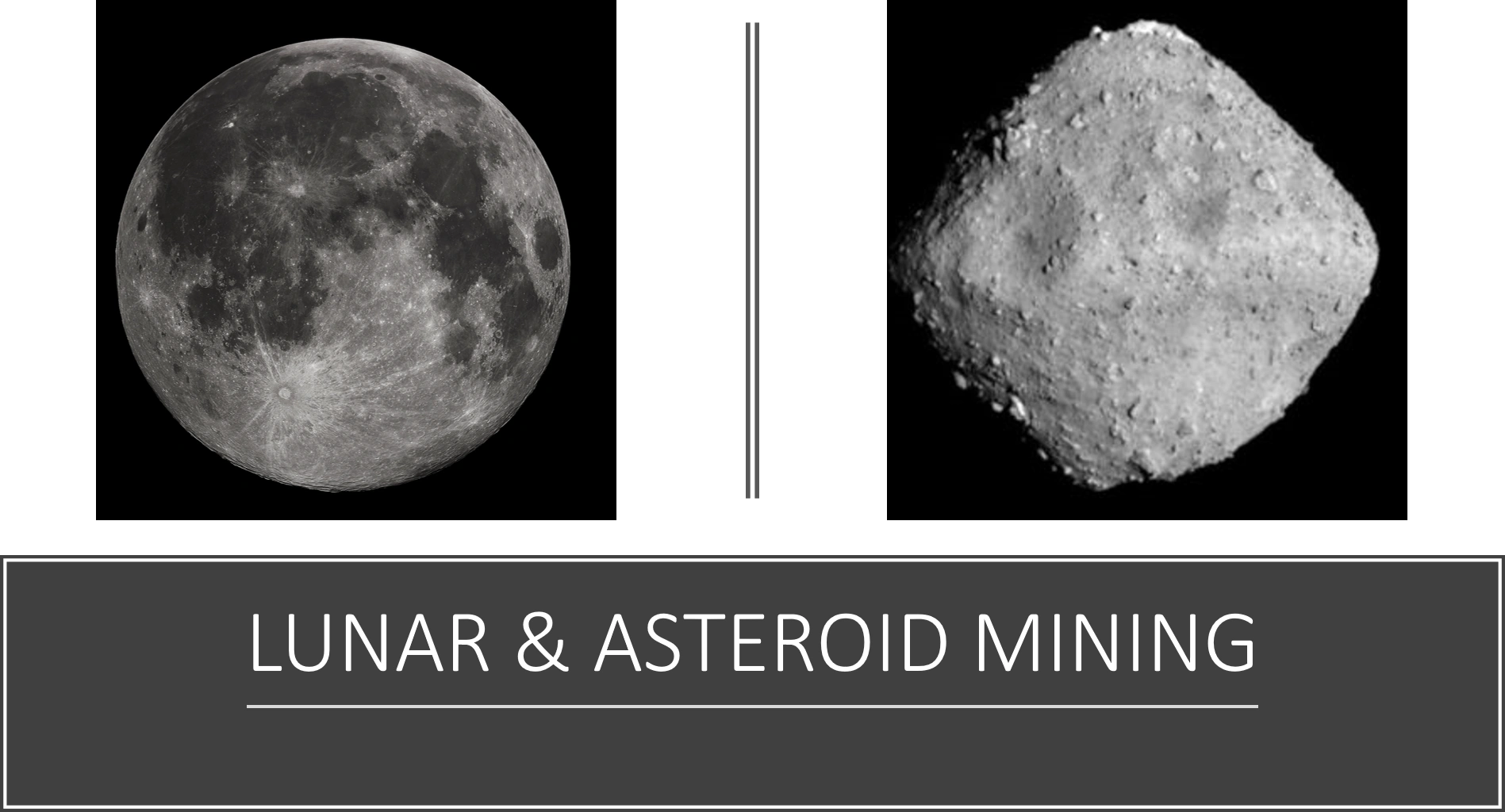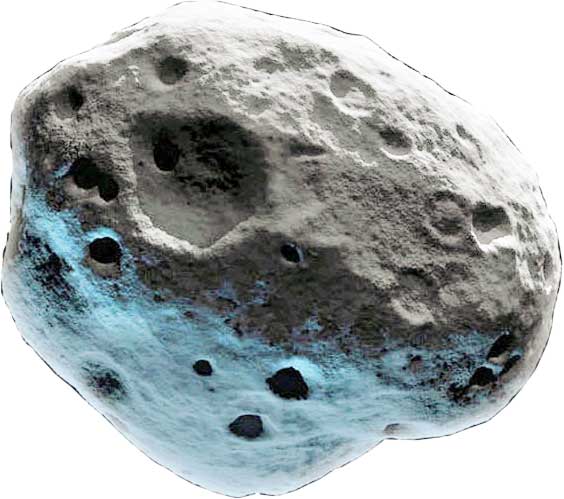
Currently, asteroid mining is considered unfeasible due to the astronomical costs of both launch and spaceflight. However, if humans could head out into space, this problem could be headed off. In theory, mining these rocky bodies could provide an abundant source of minerals such as gold, iridium, platinum and tungsten (to name a few) which could either be used in situ for construction or rocket fuel or transported back to Earth.īased on the growing demand for elements required by industry, it has been suggested that terrestrial reserves of some elements such as platinum, iridium and silver could run out in as little as 20 years. Can we mine asteroids?ĭefined as the ‘exploitation of raw materials from asteroids and other minor planets’, asteroid mining has long been considered a potential solution for many of the world’s resource problems. For example, carbonaceous chondrites, a type of C-type asteroid, contain a vast array of organic compounds. While the most early C-type asteroids only contain a few relatively simple compounds such as oxides and sulfides, more complex asteroids contain all sorts of exciting chemistry. Within this definition is a large range of sub-categories, all with subtly different chemical compositions. The ratio of each component varies with the class of asteroid: S-type asteroids are dominated by silicon and the more common C-type asteroids are dominated by carbon – around 80% of asteroids are thought to be C-type. What do asteroids have to do with chemistry?Īlong with a variety of different rock types, asteroids have also been found to contain a complex mixture of metals and carbon or silicon compounds.


The majority of asteroids we can observe are found in the asteroid belt between Mars and Jupiter, but there is evidence of frequent asteroid impacts on Earth. Ranging in size from small boulders to giant behemoths hundreds of miles in diameter, they are believed to be the debris of proto-planetary collisions during the violent formation of our solar system.

Comets tend to be ‘dirty snowballs’ of ice and rock, whilst asteroids are composed of a combination of rock and metal.Īt the most basic level, asteroids are small, rocky chunks of debris floating through space. There are two main types of flying space rock – comets and asteroids – and their differences stem from their composition.


 0 kommentar(er)
0 kommentar(er)
